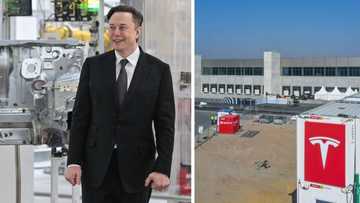Ford Is Working on Smart Traffic Lights Tech That Will Go Green for Emergency Vehicles, and Could Save Lives
- Ford tests connected traffic light tech that could clear a path for ambulances, fire engines and police vehicles
- The system could also send the timing information for red and green lights to other vehicles to improve traffic flow for everyone
- The trial is part of a major project to explore the benefits of bringing together automated and connected vehicles with networked infrastructure
PAY ATTENTION: Follow Briefly News on Twitter and never miss the hottest topics! Find us at @brieflyza!
In emergency situations, anything that causes first responders to slow down affects how quickly they can arrive at the scene – and such delays can prove fatal.
Ford has trialled connected traffic light tech that could automatically go green to offer clearer routes for ambulances, fire engines and police vehicles. They could also help reduce the risk of an accident caused by first responders driving through red lights.

Source: UGC
Martin Sommer, research engineer, Automated Driving Europe, Ford of Europe says:
“Whether it’s a fire engine attending a blaze or an ambulance that is en route to an accident, the last thing anyone wants is for these drivers to be caught up among other vehicles waiting for the lights to change."
PAY ATTENTION: Never miss breaking news – join Briefly News' Telegram channel!
Congestion, as well, could be reduced with traffic lights sending the red-green timing information to approaching vehicles, Quickpic reports.
The trial was part of a broader project that involved testing automated and connected vehicles and networked infrastructure in highway, urban and rural areas, AutoEvolution reports. This research exemplifies Ford’s commitment to using connectivity and innovation to improve the driving experience.
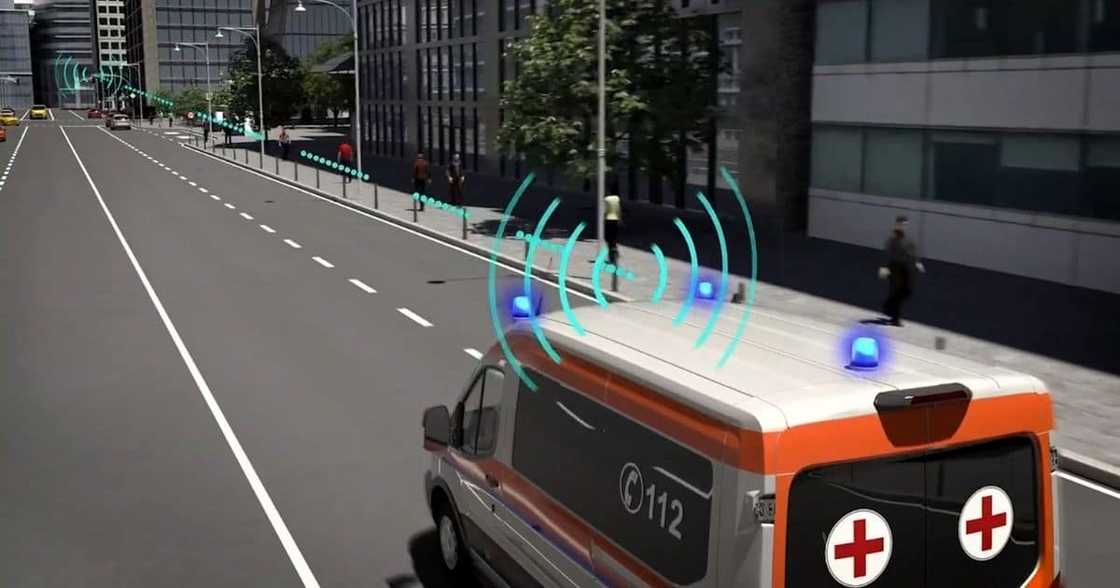
Source: UGC
How it works
In order to test the technology, Ford utilised a road with eight consecutive traffic lights and two stretches with three consecutive traffic lights just outside the city, all set up by the project’s partners.
The Ford Kuga Plug-In Hybrid test vehicle, equipped with on-board units (for communicating with the infrastructure) and rapid control prototyping hardware (for running the prototype software in the vehicle), acted as an ambulance and passenger vehicle for the different test scenarios.
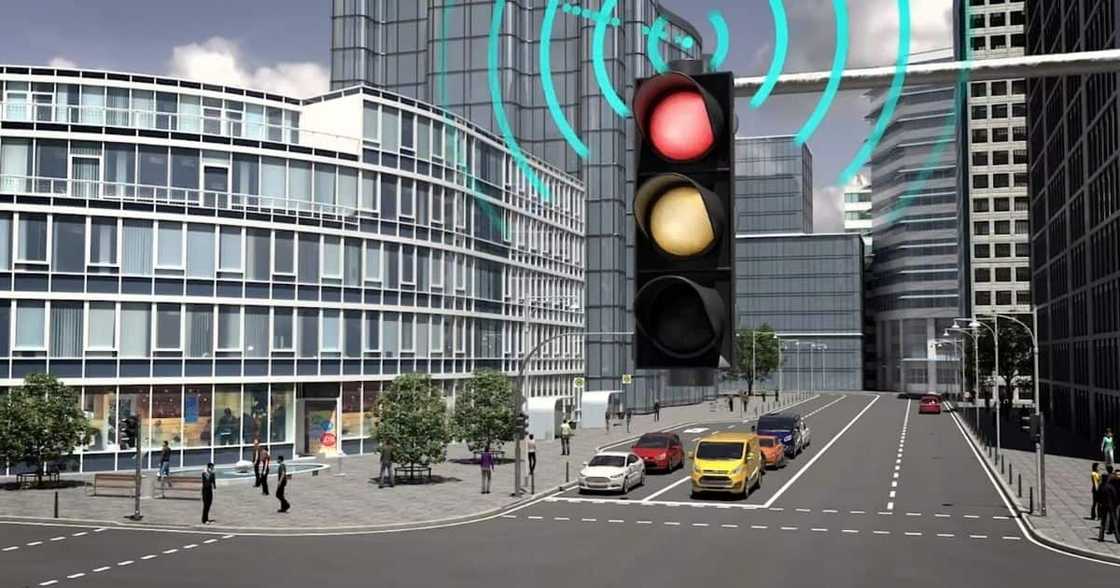
Source: UGC
For testing an emergency response situation, the test vehicle signalled to the traffic lights to turn the light green. Once the vehicle passed through the junction, the traffic lights returned to standard operation.
For testing daily driving situations, the test vehicle received the timing information for when the traffic lights turned from red to green and green to red. Ford’s Adaptive Cruise Control technology then adapted the vehicle’s speed to help ensure a higher proportion of traffic encountered a green light.
When the traffic light was red, the vehicle’s speed was reduced well ahead of the junction to time the vehicle’s approach to arrive at the light the moment it turned green, for example from 50 km/h to 30km/h.
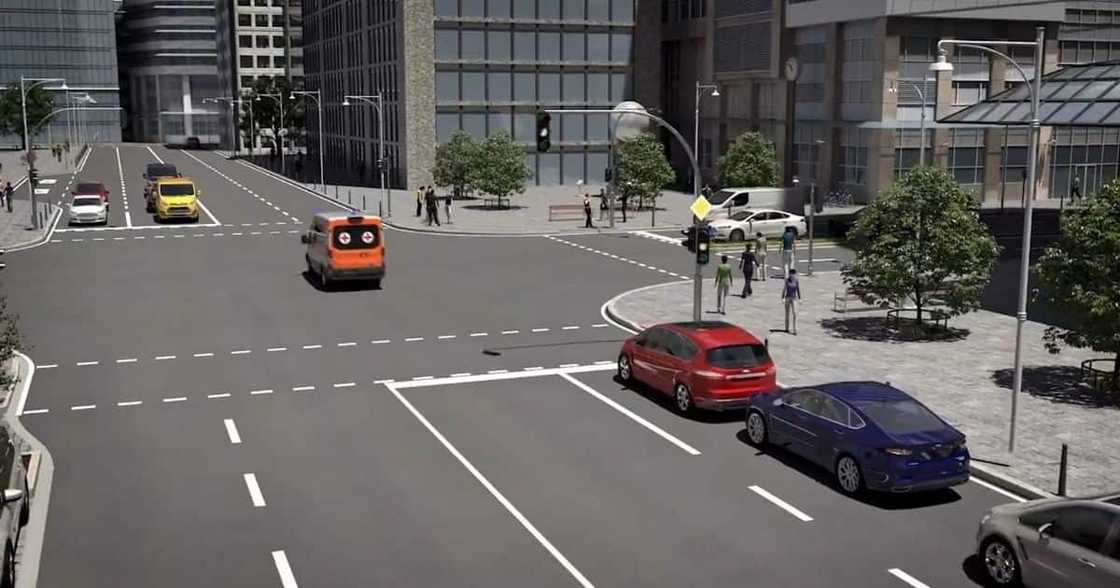
Source: UGC
For vehicles encountering a red light, the technology could still help to minimise harsh braking and the time spent at a standstill. The vehicle received the traffic light information well ahead of the junction and slowed down earlier, helping to reduce congestion.
The communication between vehicles and traffic lights is enabled by C-V2X (Cellular Vehicle-to-Everything) technology, a unified platform that connects vehicles to roadside infrastructure, other vehicles and other road users.
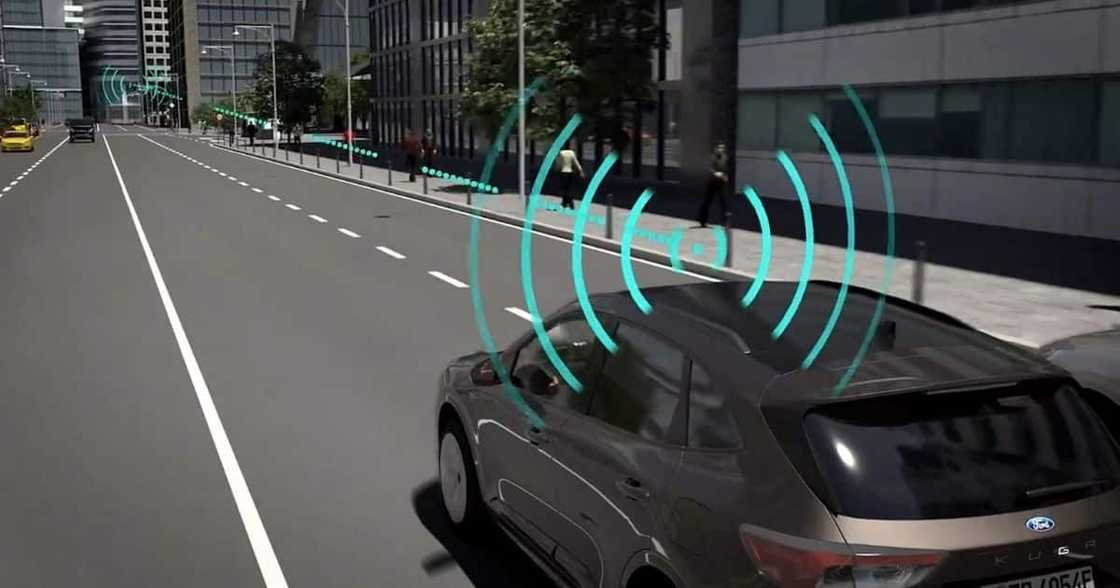
Source: UGC
Michael Reinartz, director, Consumer Services and Innovation, Vodafone Germany says:
“Exchanging data between cars, emergency vehicles and traffic lights in real time using the latest mobile phone technology makes road traffic safer and more efficient, Intelligent traffic light control helps save lives when every second counts and also reduces unnecessary waiting times and cuts CO2 emissions.”
Ford engineers tested this system as part of the Corridor for New Mobility Aachen-Düsseldorf (ACCorD) project, funded by the German Federal Ministry for Digital and Transport and supported by RWTH University Aachen, Vodafone, Straßen.NRW (the road authority for North Rhine Westphalia) and the City of Aachen. The project ran from Jan. 2020 to March this year.
Ford’s new SA-built Ranger will debut a host of new tech, here’s what to expect
The 2022 Ford Ranger is set to be the most advanced double-cab bakkie the carmaker has ever produced, Briefly News reports.
The biggest change to the interior is a new digital instrument cluster that replaces the analogue display, the 20cm screen can be configured to the driver's needs and features body-style avatars. The US carmaker's Sync infotainment system is available in its latest guise. Wireless functionality to Apple CarPlay and Android Auto is available and Ford says the smartphone connectivity is designed to make the Sync 4A system easier to navigate.
If the customer has cellular coverage, SYNC 4A can provide real-time information like fuel pricing, traffic alerts and more.
Source: Briefly News

